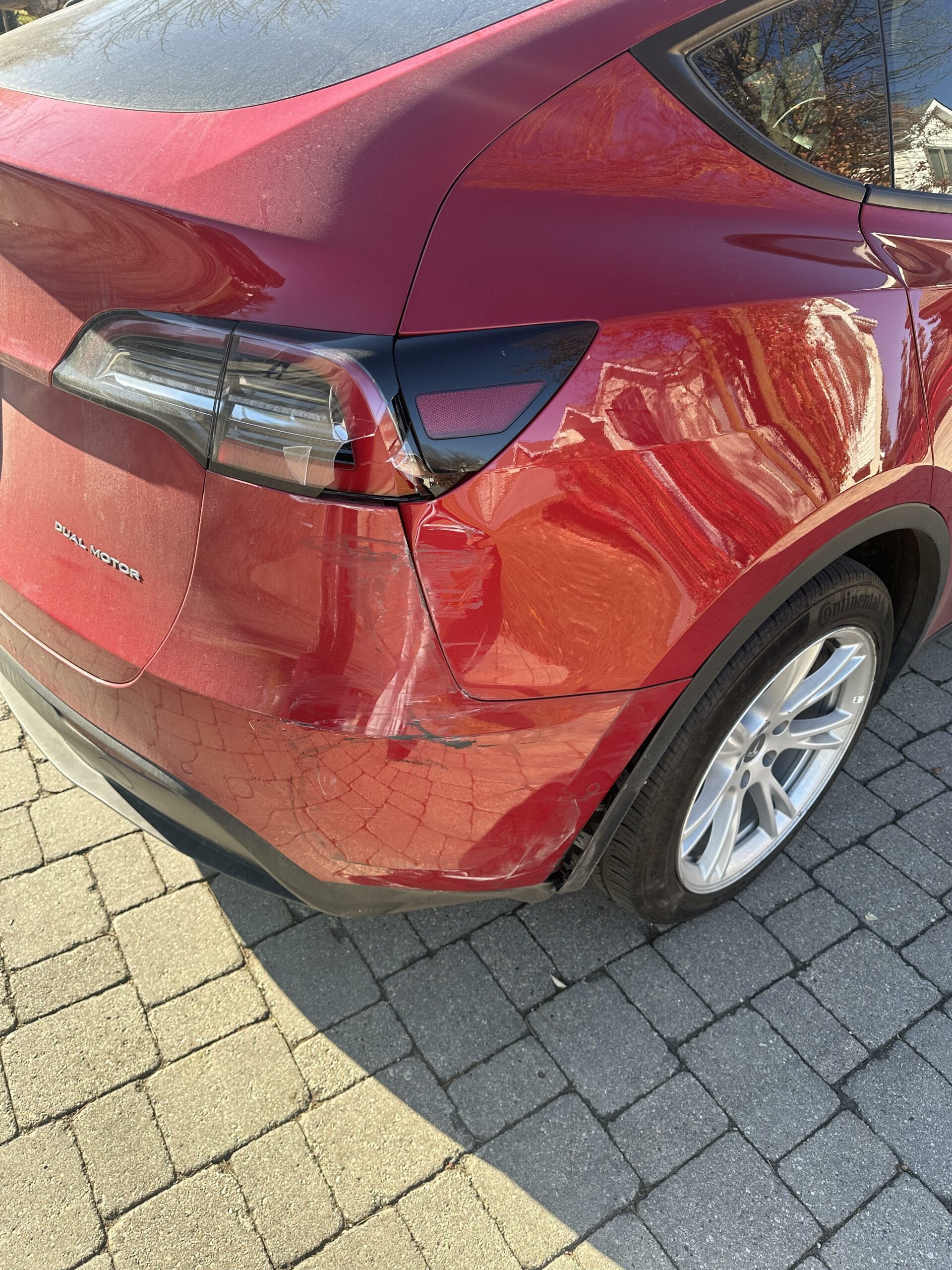When you own a Tesla, you’re not just driving a car; you’re embracing a slice of the future. These electric marvels boast innovative technology, sleek designs, and unparalleled performance. However, every vehicle comes with its quirks, and one frustration that Tesla owners may encounter is a stuck car handle. Have you ever found yourself in a situation where your Tesla’s door handle simply won’t budge? It’s a perplexing dilemma that can dampen your enthusiasm for your prized possession.
So, what exactly does it mean when we say a Tesla car handle is stuck? For context, Tesla cars, particularly models like the Model S, Model 3, Model X, and Model Y, feature flush door handles that pop out when you approach with the key fob. This elegant design may evoke admiration, but underlying complexities exist. If these handles become uncooperative, it can lead to confusion and a bit of panic. Before diving into how to address this issue and its associated costs, let’s consider some of the causes behind a stuck handle.
There are several reasons why a Tesla door handle might become stuck. One common culprit is the cold weather. When temperatures drop, the mechanism can freeze, making it tough to operate. Alternatively, a malfunction in the electric motors or mechanical linkages may be to blame. Sometimes the issue may originate from dirt or debris lodged within the assembly. Regardless of the cause, knowing what to expect when repair time rolls around is essential.
Now, onto the pressing question: what can you expect in terms of repair costs? The financial implications of fixing a stuck Tesla door handle can vary significantly. Generally, the cost might range from $200 to $700, but it can stretch even higher under certain circumstances. Let’s break down these costs to offer a clearer understanding.
First, labor charges can form a significant portion of the total bill. Tesla recommends servicing through their network of certified technicians to maintain the integrity of your vehicle. Labor rates can hover around $150 to $200 per hour depending on your location and the service center’s policies. A straightforward handle repair might take approximately 1 to 2 hours, accounting for diagnosis and test drives, which can contribute to the overall expense.
Next, consider the cost of replacement parts. If the mechanism is irreparably damaged and requires a new assembly, you could be looking at additional expenses ranging from $100 to $300. Tesla’s proprietary components typically carry a premium price tag due to their advanced engineering—something that owners frequently overlook until they find themselves in a repair situation.
Beyond labor and parts, it’s worth noting that warranties play a critical role. If your Tesla is still within the warranty period, you might be covered for repairs, leaving you with minimal or no out-of-pocket expenses. Conversely, if your warranty has expired, brace yourself for the financial repercussions. Additionally, third-party warranties or vehicle service plans could mitigate some costs if you find yourself facing repair expenses.
While a stuck handle can be annoying, it isn’t necessarily catastrophic. However, do not ignore the problem. If left unchecked, it could lead to further mechanical issues, compounding the financial stress down the road. Regular maintenance and checks can help you identify potential problems before they worsen. Plus, regularly cleaning your handles and mechanisms can prevent dirt build-up, which might save you from future catastrophes.
Interestingly, many Tesla enthusiasts share anecdotal experiences in online forums, emphasizing DIY solutions. If you’re feeling adventurous, some owners have successfully resolved minor handle issues without professional assistance. However, venturing into DIY territory requires a certain level of mechanical fluency and the right tools. Missteps in this area could lead to further complications or escalating repair costs. Make sure to weigh the benefits and risks carefully before deciding.
Moreover, customer service and support from Tesla can fluctuate, as experiences vary widely among owners. If you’re comfortable tackling the issue, reaching out for guidance from Tesla support or fellow owners in the community can be invaluable. They may offer insights or solutions that can aid your repair journey.
Ultimately, understanding the nitty-gritty of a stuck Tesla door handle and the costs involved empowers owners to navigate the repair landscape more effectively. By familiarizing yourself with the essential details surrounding the problem—from potential causes to the associated costs—you can approach your Tesla’s repairs with confidence. So, the next time you find yourself grappling with a stubbornly stuck handle, you won’t feel overwhelmed. Instead, armed with knowledge, you can make informed decisions that will keep your Tesla experience as futuristic and enjoyable as it’s meant to be.
As you roll down the road, remember that owning a Tesla is not just about the drive—it’s about the adventure that comes with it, even when faced with little bumps on the journey.
